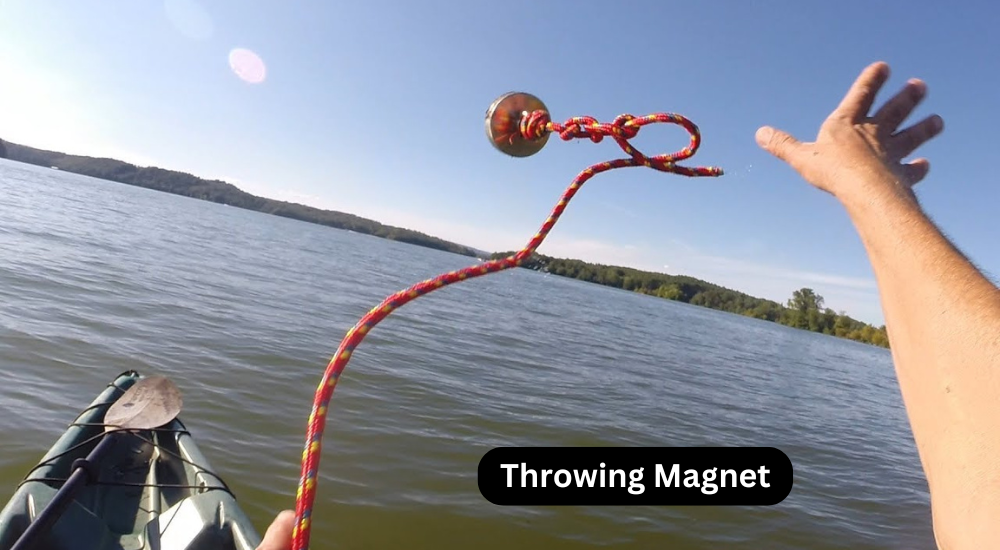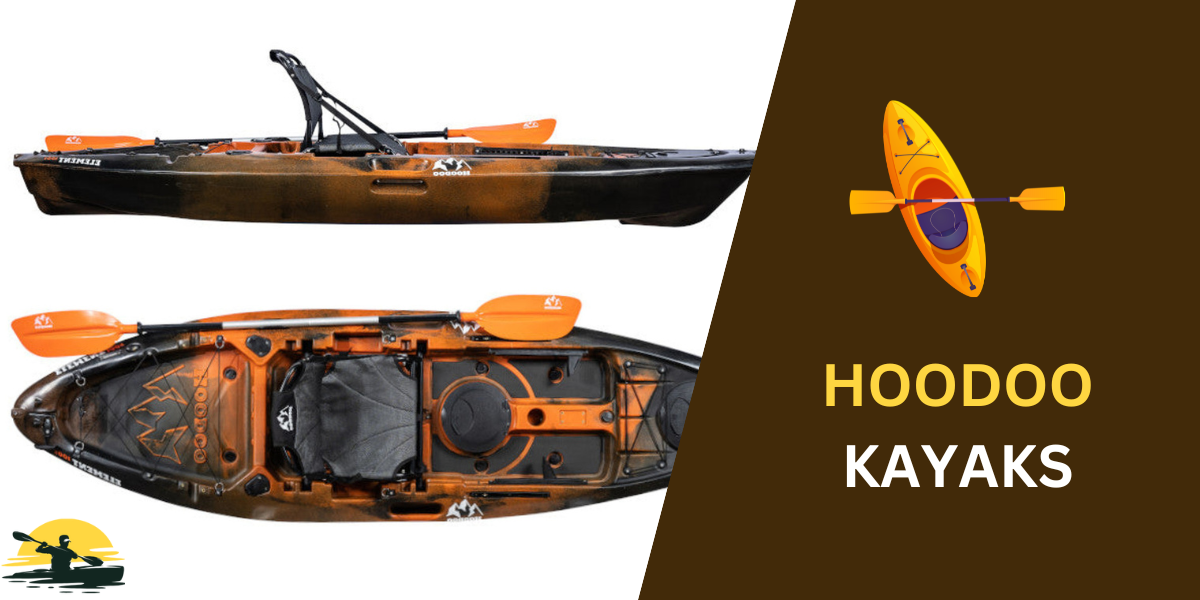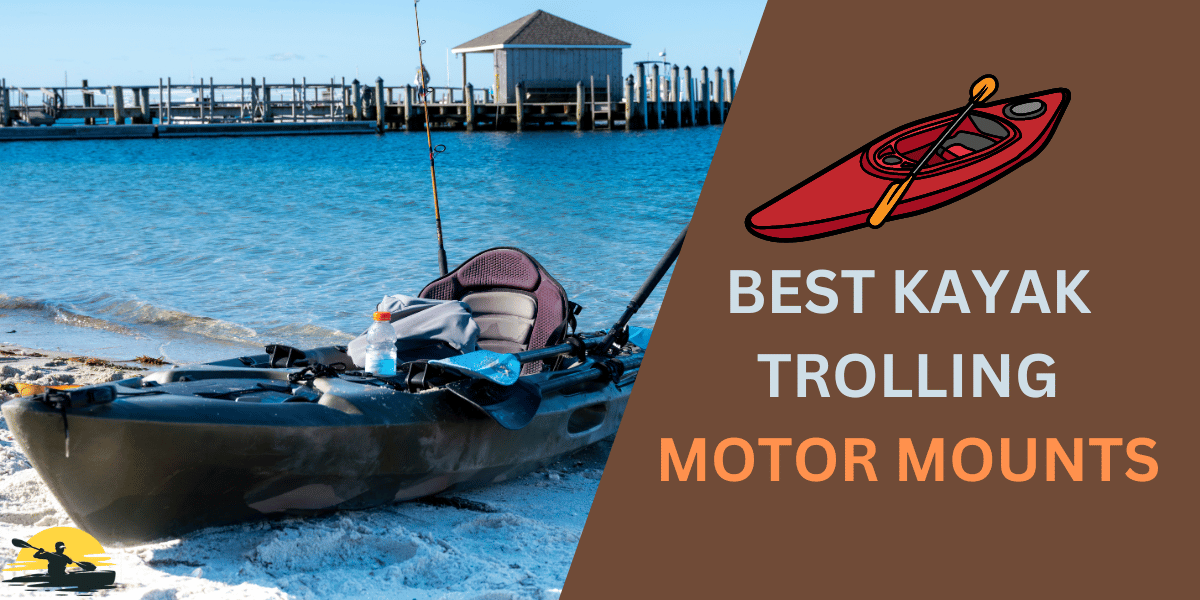
Have you ever pondered the mysteries that lie beneath the tranquil surface of our rivers and lakes, waiting to be discovered?
Forget traditional fishing rods and bait! There’s a new and exciting way to uncover lost history and maybe even some valuable loot: magnet fishing. It requires just a few simple tools, like neodymium magnets.
Get ready to discover how this fascinating hobby can turn everyday objects like old coins, tools, and even forgotten relics into exciting finds.
- Magnet fishing is using strong magnets to find metal objects underwater. It’s a fun way to explore and potentially find treasure while also helping to clean up the environment.
- You’ll need a few key tools: a fishing magnet (usually made of neodymium), a strong rope, gloves, and maybe a grappling hook and bucket.
- Look for spots with high foot traffic or historical significance, like bridges, docks, or old swimming holes.
- Always check local laws and get permission before magnet fishing in a specific area.
- Use different techniques to attract other objects: drag, jiggle, sweep, or let your magnet rest on the bottom.
- Be safe! Wear gloves, be careful with heavy objects, and report any dangerous finds to the authorities.
What is Magnet Fishing
Alright, so you’re curious about magnet fishing, huh? Well, let’s dive right in!

Magnet fishing is like a treasure hunt, but instead of using a map, you use a super strong magnet to find cool stuff underwater. You attach this powerful magnet, usually made from neodymium, to a rope and toss it into a river, lake, or any body of water.
The magnet is so strong it can attract and hold onto metal objects hiding beneath the surface.
Think of it like fishing, but instead of reeling in fish, you’re hauling up rusty old tools, lost keys, or maybe even a piece of history! Magnet fishing is a fun way to explore the past, clean up the environment by removing junk, and strike it rich with a valuable find.
No matter what you find, the thrill of the hunt and the mystery of what lies below keeps magnet anglers coming back for more.
The Essential Magnet Fishing Gear
Alright, let’s get you ready for your first magnet fishing excursion! Here’s what you need to get started:
The Magnet
The heart of your operation is a fishing magnet. These aren’t your everyday fridge magnets – they’re super-strong neodymium magnets that can latch onto heavy metal objects.
Look for one with a high pull force, as this tells you how much weight it can lift. Double-sided fishing magnets are a popular choice because they give you two chances to snag something with each throw.
Rope
You’ll need a strong rope to tie onto your neodymium fishing magnet. Some magnet fishers use nylon rope or paracord. Could you make sure it’s long enough for the depth of the water you’ll be fishing in?

Gloves
Trust me, you’ll want some good gloves to protect your hands from sharp edges and rusty metal. Thick, cut-resistant gloves are the way to go.
Handy tools
A grappling hook can help you snag larger objects, and a bucket or bag is useful for collecting your finds.
Before you head out, it’s important to watch some magnet fishing videos online. They can teach you different techniques and give you some ideas of what you might find. And remember, always check the local laws regarding magnet fishing.
Some places have rules about where you can do it and what you can keep.
Extra tips: Once you’ve got your gear and you’ve done your research, you’re ready to head out for your first magnet fishing adventure!
Location of Magnet Fishing
Okay, now that you have your gear, let’s talk about where you can actually go magnet fishing!
The best spots are usually places with lots of foot traffic or a bit of history.
Think of bridges, docks, piers, or even old swimming holes. These places are often where people accidentally drop things or where old objects might have ended up over time.
Before you start magnet fishing, could you please check if you need any special permission to fish in a particular area? Some places might have rules about magnetic fishing, especially if it’s a historical site or private property. It’s always better to be safe and ask first!

Once you’ve found a good spot, it’s time to secure your strong neodymium magnet to your rope using a sturdy knot. If you have a double-sided magnet, could you decide which side you want facing down?
The single-sided magnet is usually a bit stronger on one side, so make sure that’s the side that will make contact with the bottom.
Now, for the fun part! Swing your magnet out into the water and let it sink to the bottom. Slowly drag it along, feeling for anything that might stick. You never know what treasures you might pull up!
How to Magnet Fish
Okay, you’re ready to drop your magnet! Here’s a quick rundown of how to get started:
- Secure your magnet: Please make sure that your strong neodymium magnet is attached to your rope. A loose magnet means a lost magnet (and no treasure for you).
- Cast out: Swing your magnet out into the water, just like you’d cast a fishing line, and let it sink all the way to the bottom.
- Drag or Jiggle: Slowly drag your magnet along the bottom or “jiggle” it up and down. This helps the magnet contact any magnetic materials hidden there.
- Feel the Tug: Pay attention to how the magnet feels. If it suddenly gets heavier or snags on something, you might have found something interesting!
- Reel it in. Carefully pull your rope back in, keeping the line tight. Excitement builds as you see what treasures your powerful magnet has attracted!
Magnet Fishing Tips and Tricks
Now that you’ve got the basics down let’s dive into some tips and tricks to make your magnet fishing adventures even more rewarding:

- Experiment: Don’t just drag your fishing magnet in a straight line. Try different techniques like jigging it up and down, sweeping it from side to side, or even letting it rest on the bottom for a bit. You might be surprised by what you uncover!
- Change it up: If you’re not having any luck in one spot, move on to another. Different locations often hold other treasures.
- Double the fun: Many magnet fishers use double-sided magnets to increase their chances of finding something with each cast. Give it a try!
- Learn from the pros: Experienced magnet fishers often share their tips and tricks online. Watch some magnet fishing videos or join a magnet fishing forum to learn from the best!
- Safety first: Always wear gloves to protect your hands from sharp edges and rusty metal. And be careful when handling heavy objects – you don’t want to strain your back!
Remember, magnet fishing is all about patience, experimentation, and a little bit of luck. So get out there, explore, and see what you can discover!
Safety For Magnet Fishing
Now, magnet fishing is about more than just fun and games. It’s important to be safe and responsible, too!
- Know the Rules: Before you head out, make sure you understand the local laws and regulations around magnet fishing. Some areas might have restrictions on where you can fish or what you can keep. It’s also a good idea to get permission before fishing on private property.
- Watch Out for Danger: Powerful magnets can attract sharp and rusty metal objects, so always wear gloves to protect your hands. Be careful when pulling up heavy objects with your fishing magnet – you don’t want to strain yourself or drop something on your toes! And if you come across anything that looks dangerous, like old weapons or explosives, leave it where it is and contact the authorities.
- Respect the Environment: Remember, magnet fishing is a great way to clean up our waterways. Take any junk you find with you and dispose of it properly. If you find something valuable, like a historical artifact, consider reporting it to a local museum or historical society.
Conclusion
So, there you have it! Magnet fishing is more than just a hobby – it’s a way to uncover history, clean up our environment, and maybe even find some hidden treasure.

With the right gear and a little know-how, you can have a blast exploring the underwater world.
So, what are you waiting for? Grab your magnet fishing needs and head out on an adventure. You never know what you might find beneath the surface!
Frequently Asked Questions
Is magnet fishing legal?
Magnet fishing legality varies depending on location. Some areas may have restrictions or require permits, especially for fishing in public waters or historical sites. Always check local laws before you head out.
What kind of magnet do I need for magnet fishing?
Neodymium magnets, also known as fishing magnets, are the most popular choice. They are incredibly strong and can attract a wide range of metal objects. Look for one with a high pulling force (measured in pounds or kilograms) for the best results.
What can I find while magnet fishing?
You never know what you might discover! Common finds include old tools, coins, keys, and even historical artifacts. Some magnet fishers have even pulled up safes, bikes, and other large metal objects.
Where are the best places to go magnet fishing?
Places with high foot traffic or historical significance tend to be good spots. Bridges, docks, piers, and areas with old structures are often promising. However, always respect private property and obtain permission if necessary.
Is magnet fishing safe?
With the right precautions, magnet fishing can be safe and enjoyable. Always wear gloves to protect your hands from sharp objects and rusty metal. Please be careful when pulling up heavy objects to avoid injury. And most importantly, never magnet fish alone. Always go with a buddy!










